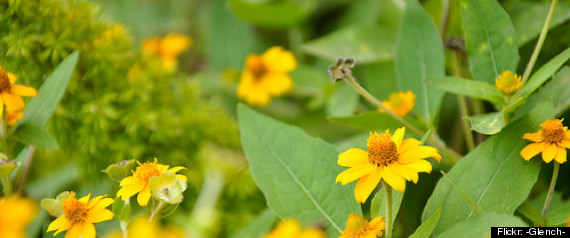Nor'Easter
Member
Wow man, looking good and I wish you the best of continuing luck! I have yet to read the thread thoroughly but I like what I see! 
The whole blumat thing sounds awesome, would it be easy to run in my perpetual? As in adding new plants and taking them down, constantly having different plant #'s?




(Actually, at the request of budman - how do we always end up in the same places?!)






hey guys, lovin this thread...im leavin for vacation (i got married last night!!) ordering blumats and everything i need to make subcools super soil....i cannot fucking wait! supersoil takes 6 weeks to cook but will be keepping a journal
holler!!!
 Your life must kick ass right meow..
Your life must kick ass right meow..
Nice colas Chief!
on a side note while your talking about soil mixes, I just wanted to add that Black Golds Natural Organic mix is a very nice product. Roots literally explode in this stuff. I like to keep my mother in a soil mix for a more relaxed approach than hydro and I recently switched to sunshine #4 and the plants in the Black Gold are healthier and are growing faster than the sunshine... Are you trying Mango's rice hull and peat mix there chief?